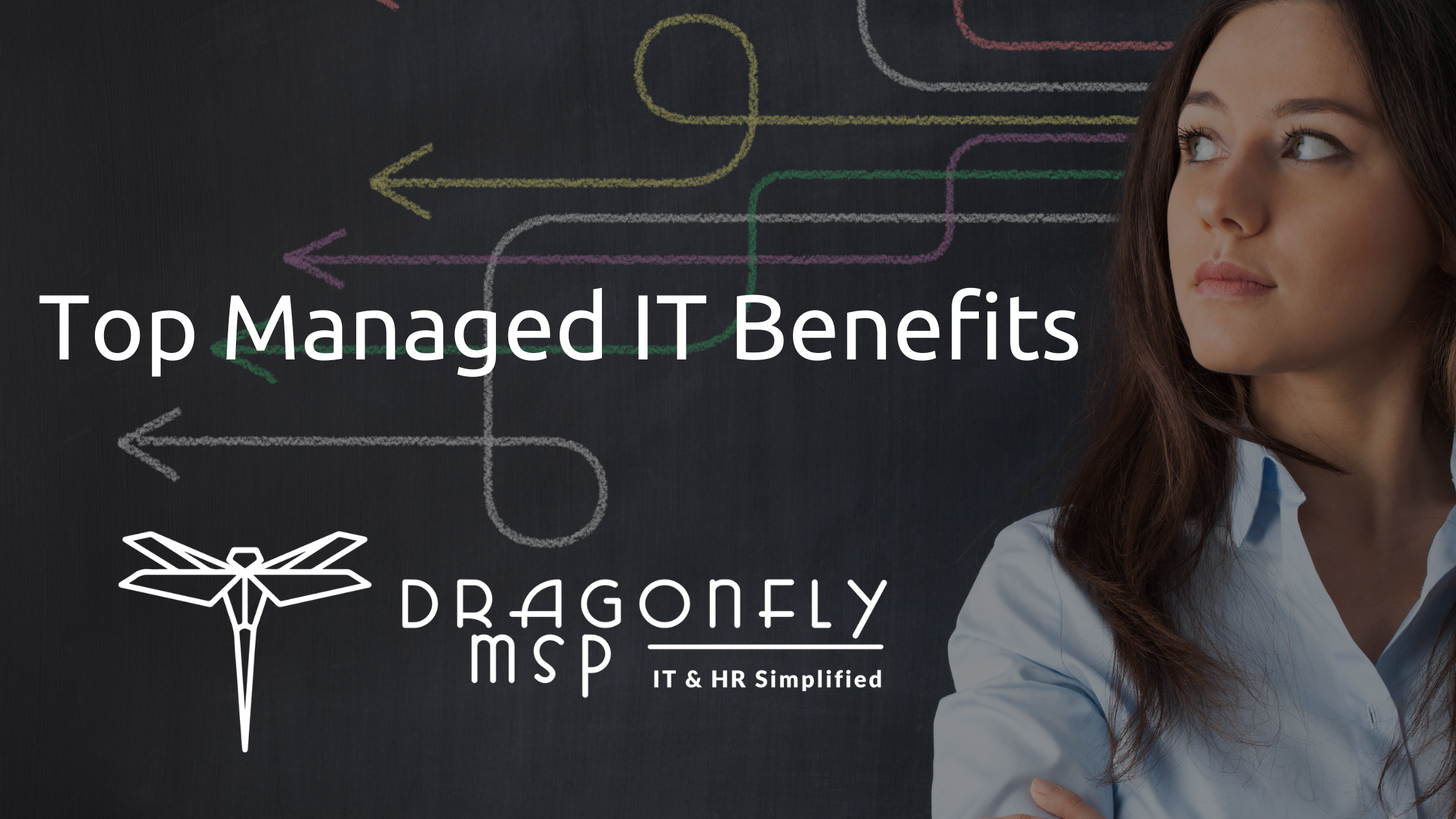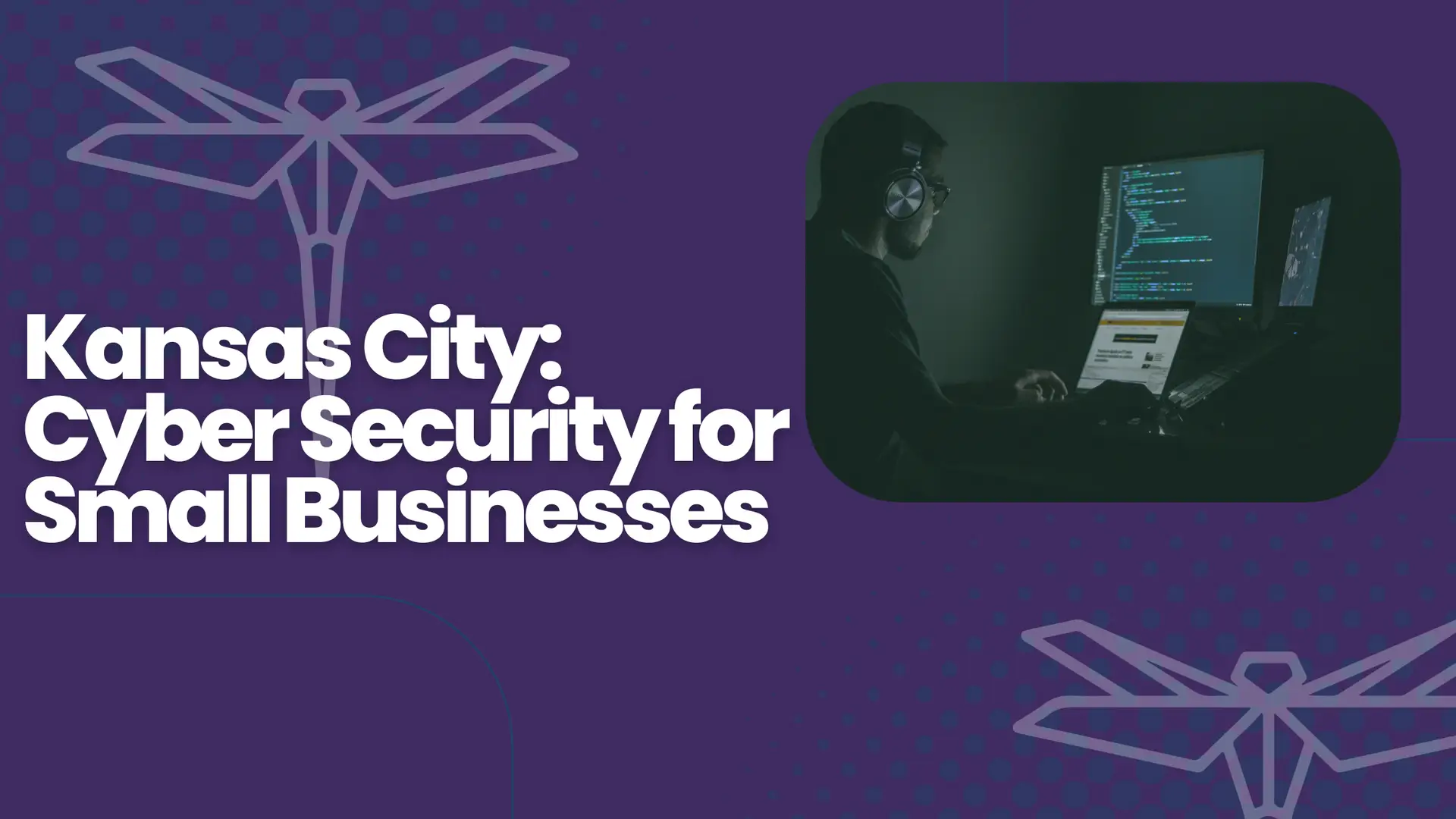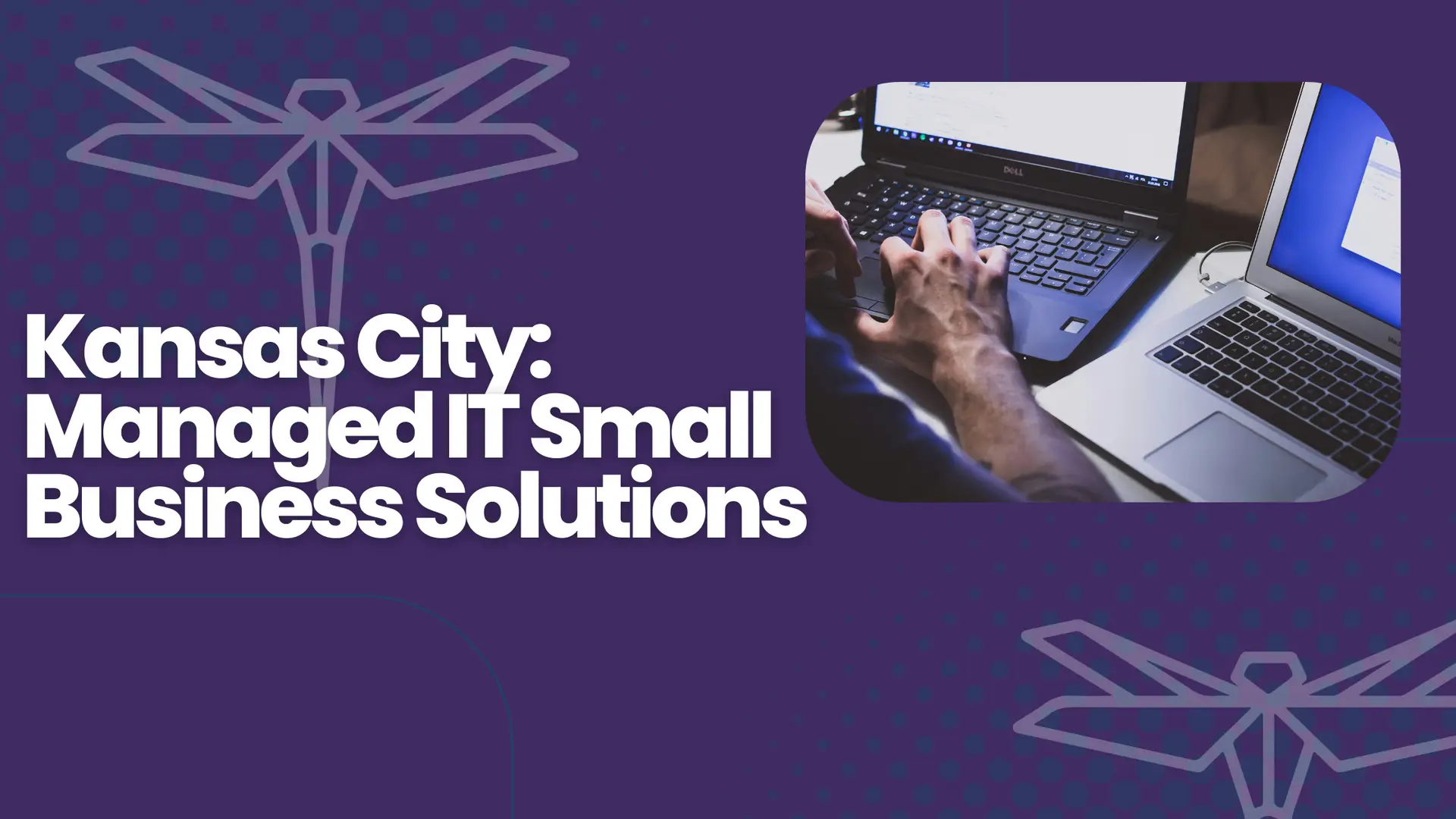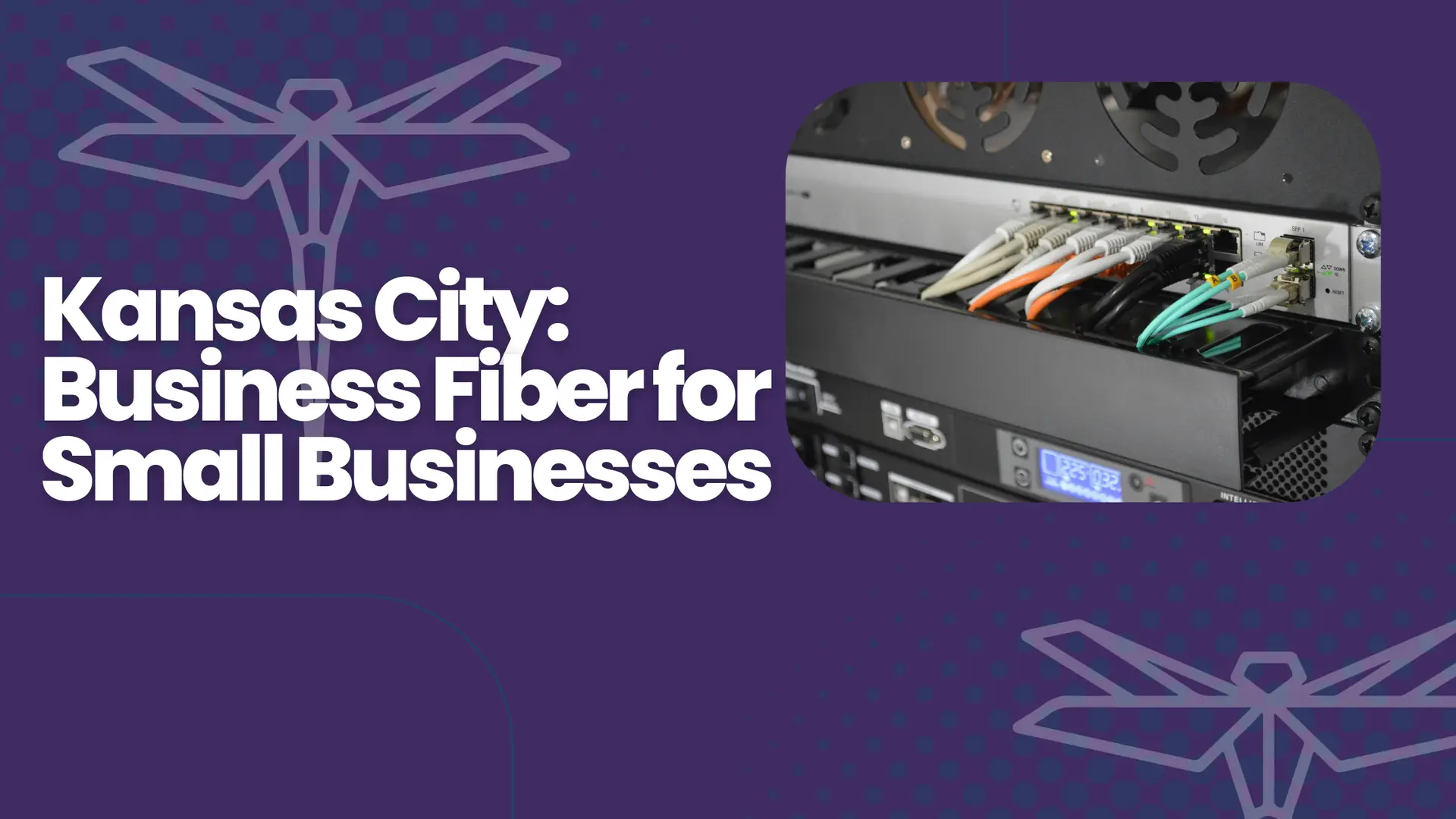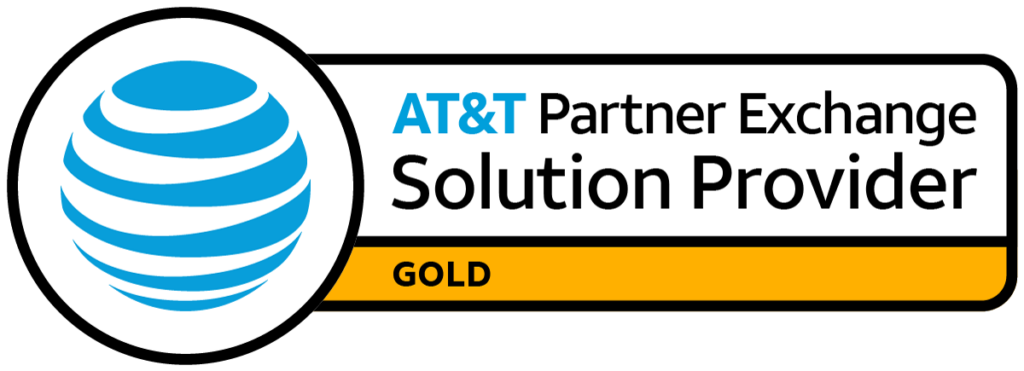Introduction
Choosing the right Managed IT Service Provider is like picking the perfect teammate for your business journey. You want someone reliable, knowledgeable, and ready to step in when tech trouble arises. Yet, finding the best partner can feel tricky because there are many providers out there, each claiming to be the top choice.
In this blog, we’ll explore key factors to consider when selecting a Managed IT Service Provider. We’ll talk about why experience matters, how to compare costs, and why good communication can make all the difference. By the end, you’ll have a clear idea of what to look for, and you’ll feel more confident about your final decision. Ready? Let’s dive in!
1. Understand Your Needs
Before you start contacting potential IT partners, take a moment to understand what your business really needs. Do you just need help with security? Or do you want someone to manage everything from hardware to software?
- List Your Pain Points: Write down your main tech troubles, like slow internet or outdated software.
- Identify Must-Haves: Maybe you need 24/7 support or cloud storage.
- Think About the Future: Where do you see your business in 2 or 5 years, and how can IT help?
Having a clear idea of your requirements will make it easier to find the right provider.
2. Look for Experience and Expertise
Experience is valuable. A provider who has worked with many businesses knows the common problems and the quickest fixes. They’ve seen issues similar to yours and have proven solutions.
- Check Their Track Record: How long have they been in business? Do they have case studies?
- Ask About Industry Knowledge: If you’re in healthcare or finance, does the provider know your industry rules?
- Certifications and Training: Staff with certifications in areas like cybersecurity or networking might offer a higher level of expertise.
This kind of background means they’re less likely to be stumped by new challenges.
3. Consider Their Range of Services
You might only need a few services now, but what if your business grows? A broad range of services means the provider can support you as your needs change.
- Security, Backup, and More: Make sure they cover key areas like data protection and recovery.
- Cloud Services: Check if they help with moving systems to the cloud, which can help your business scale.
- Hardware and Software Support: If you need new computers or regular software updates, do they handle that?
It’s helpful to pick a provider that can grow with you, so you don’t have to start from scratch later.
4. Check Customer Reviews and References
Testimonials can tell you a lot about how a Managed IT provider treats its clients. If most customers rave about quick response times and friendly service, that’s a good sign.
- Online Platforms: Look for reviews on Google, social media, or IT review sites.
- Ask for References: If possible, talk to some of their current or past clients.
- Pay Attention to Red Flags: Multiple complaints about poor communication or hidden fees might be a warning sign.
By doing a bit of research, you reduce the risk of choosing a provider that might not meet your standards.
5. Evaluate Communication Skills
When something goes wrong with your technology, you want help fast. Communication style is critical. You don’t want someone who talks in confusing tech jargon that’s hard to understand.
- Response Times: Find out how soon they reply to phone calls or emails.
- Clarity: Do they explain things in a way that makes sense to non-technical folks?
- Regular Updates: A good provider will keep you in the loop about changes or upgrades.
If they communicate well during the sales process, that’s a good sign they’ll continue to do so once you’re a client.
6. Compare Pricing Models
Managed IT providers usually charge in a few different ways. Some have fixed monthly rates, while others charge per device or by the hour. Each method has pros and cons.
- Flat Monthly Fee: Predictable costs, but might be higher if you use fewer services.
- Per Device or User: You pay based on how many employees or devices you have. This might grow if you hire more people.
- Hourly Rate: You only pay when you need help, but costs can add up during big problems.
Pick a model that fits your budget and offers the most value. Don’t be tempted to go with the cheapest option if it means sacrificing important features.
7. Ask About Service-Level Agreements (SLAs)
An SLA is like a promise that spells out what you can expect from the Managed IT provider. It covers things like response times, resolution times, and what happens if they fail to meet those standards.
- Clear Terms: Make sure the SLA is easy to understand.
- Penalties: Sometimes, if the provider misses the agreed response time, you get a discount or credit.
- Scope of Services: The SLA should list exactly which services are included and which are extra.
A solid SLA helps prevent surprises and makes sure the provider stands by their word.
8. Consider Their Cybersecurity Approach
Cyber threats are rising, and small businesses are often targets because criminals think they have weaker security. Your provider should have strong measures in place to protect your data.
- Firewall and Antivirus Management: They should be experts in these tools.
- Regular Security Audits: This helps catch holes in your defenses before attackers do.
- Staff Training: They might offer short lessons to teach your team about phishing scams and other dangers.
Security isn’t a one-time fix. It’s an ongoing effort, so ask how they plan to keep you protected in the long run.
9. Look for Proactive Monitoring
Reactive IT services only fix problems after they appear. Proactive monitoring means the provider keeps an eye on your systems and stops many issues before they happen.
- 24/7 Monitoring: They watch for early warning signs, like unusual network traffic.
- Automated Alerts: If a server runs too hot or a hard drive nears capacity, they get alerted instantly.
- Regular Maintenance: They do regular updates and patches so you avoid future problems.
This approach can save you from sudden outages that cost time and money.
10. Culture Fit and Personal Connection
While technical skills are important, having a good relationship also matters. You want a provider who listens to your concerns and respects your team.
- Company Values: Do they align with yours? If you value honesty and transparency, do they show these qualities?
- Local vs. Remote: Some businesses like working with a local partner who can visit in person. Others are fine with remote services.
- Willingness to Listen: A great provider will pay attention to your feedback and tailor services to your needs.
Don’t underestimate the power of a strong working relationship. When both parties get along, problems get solved faster and better.
11. Importance of Scalability
You might have only ten employees now, but what if you double or triple in size? Your Managed IT partner should be able to handle that growth.
- Flexible Plans: They can easily add more devices, software licenses, or cloud storage as needed.
- Budget-Friendly Upgrades: You shouldn’t need to buy a completely different plan just to add a few new hires.
- Future-Proofing: Ask them how they’ll keep your systems modern as your business evolves.
Scalability is a big deal because it ensures your business isn’t limited by its technology.
12. Disaster Recovery and Backup Plans
Disasters can be big storms, fires, or even hardware failures. A provider should have a backup plan so your data isn’t lost forever.
- Data Backups: They should store copies of your data in a safe place, often in the cloud.
- Recovery Time Objective (RTO): How fast can they get you back up and running after a failure?
- Testing: Ask if they test the backup system regularly to make sure it works.
Knowing they have a plan for worst-case events can give you peace of mind.
13. Ask About Onboarding Process
Switching to a new IT provider can be stressful if they don’t have a good onboarding plan. Ask them how they’ll get started with your company.
- Assessment of Current Systems: They should evaluate your hardware, software, and network.
- Project Timeline: A clear schedule of when tasks will be done.
- Training and Orientation: They might offer training sessions for your staff to learn new systems or best practices.
A smooth onboarding sets the tone for a good, long-term partnership.
14. Look at Their Tech Partnerships
Many Managed IT providers form partnerships with major tech companies like Microsoft, Dell, or Cisco. These partnerships can benefit you with discounts and faster support.
- Certifications: A provider that’s certified by Microsoft or Cisco has proven expertise.
- Access to Updates: They might get new features before other providers.
- Better Pricing: Their bulk buying power can mean savings for you.
This can translate into cost benefits and quicker problem-solving when equipment issues arise.
15. Inquire About Transparency in Billing
No one likes hidden fees. Make sure the provider is upfront about what they charge and why.
- Detailed Invoices: Each bill should break down the services you used.
- No Surprise Costs: If there might be extra charges, they should let you know beforehand.
- Contract Clarity: Read the contract carefully to understand cancellation policies and other details.
Transparency builds trust, which is crucial for a long-term IT relationship.
16. Consider Ongoing Training for Your Staff
Your employees might have questions about new software or security threats. A good Managed IT provider offers or suggests training options.
- Workshops or Webinars: They might hold sessions to teach best practices.
- Simple How-To Guides: Written instructions that are easy to follow.
- Security Tips: Regular reminders about spotting phishing emails or avoiding risky downloads.
Empowering your team with knowledge reduces problems and makes everyone more tech-savvy.
17. Don’t Forget About Location
While many IT tasks can be done remotely, sometimes you need on-site support, especially if you deal with hardware.
- Local Providers: They can come to your office quickly.
- Remote-Only Services: Might be cheaper, but slower if you need a physical repair.
- Hybrid Approach: Some companies have local branches in different cities.
Figure out which arrangement makes sense for your business, especially if you plan to expand.
18. Test Their Customer Service
Before signing a contract, test how they handle customer questions. Call their support line or send an email with a basic tech question. See how fast and friendly their response is.
- Speed of Response: Do they reply in minutes or days?
- Quality of Answer: Did they solve your problem or just give a quick brush-off?
- Follow-Up: Good providers check back to ensure you’re satisfied.
This mini-test can reveal a lot about how they’ll treat you once you’re a paying client.
19. Weigh the Pros and Cons
By now, you might have spoken with a few potential Managed IT providers. Create a simple chart listing the pros and cons of each.
- Pros: Maybe one provider offers cheaper rates, and another has outstanding reviews.
- Cons: Hidden fees, slow response times, or limited services could be negatives.
- Rank Them: Which factors are most important to you? Cost, experience, or availability?
This visual approach can help you pick the provider that meets most—or all—of your needs.
20. Make the Final Decision and Stay Engaged
Once you choose your Managed IT provider, the journey isn’t over. Stay in touch, give feedback, and let them know when your needs change. A good provider will check in regularly to see how everything is working.
- Set Check-In Meetings: Talk about ongoing projects, future plans, and any concerns.
- Review Performance: Look back at response times and results to ensure the provider meets expectations.
- Build a Relationship: Treat them as part of your team, and they’ll often go the extra mile for you.
Remember, picking the right Managed IT partner is an investment in the future of your business. With the right choice, you’ll enjoy smooth operations, stronger security, and a more confident team. You’ll also have peace of mind knowing that if something goes wrong, help is just a phone call away.
Conclusion
Finding the perfect Managed IT Service Provider might seem daunting, but by focusing on your needs, checking their experience, and evaluating their communication style and pricing, you can narrow down the options. Look for a partner who cares about your growth and adapts to your changing needs, not just someone who wants to sell you a cookie-cutter package.
Make sure to read reviews, ask tough questions, and test their customer service before signing any contracts. Once you find the right match, keep the partnership strong by staying in regular contact and giving feedback. With a reliable Managed IT Provider, you can worry less about tech problems and spend more time growing your business.
#ManagedIT #TechSupport #BusinessGrowth #ITProvider #ChooseWisely #Cybersecurity #SmallBusiness #ExpertAdvice

